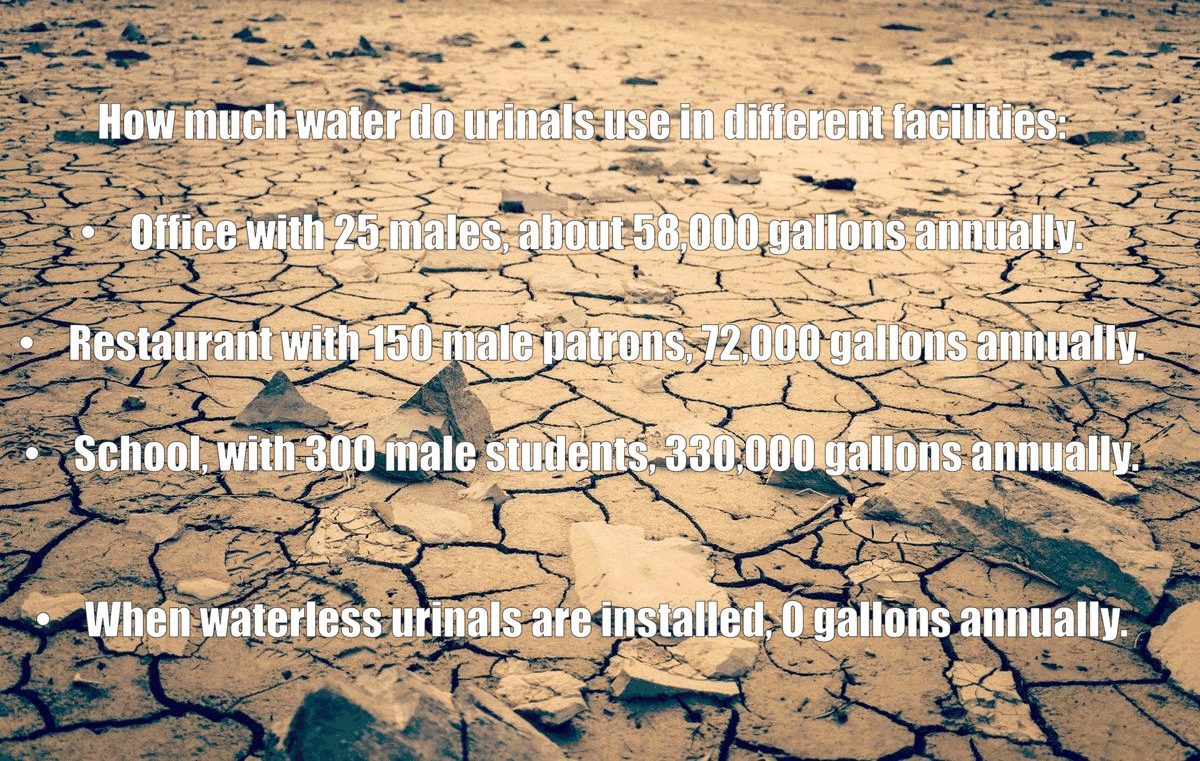Wow. December has been a wild month when it comes to rain, snow, and water in California. According to news reports, the state has been battered with heavy rain and snow during the month, and much of this has fallen in areas that have seen little or no moisture in as much as five years.
And guess what? The state is now bracing for another storm. "A brutal storm system building over the Pacific Ocean is poised to slam across Northern California by Wednesday (January 4, 2023)," according to a January 2, 2023, article in USA Today.
So, does this mean Californians can water their lawns again? Are all the water restrictions out the window?
Not so fast. According to recent reports, the state's largest reservoirs are still severely depleted. Wells are still low, water delivery systems are running dry, and while California is still getting water from the Colorado River, that flow has been curtailed considerably.
In fact, a recent state survey found that 76 of the state's 414 water districts either don't now or won't later have enough water to meet this year's expected demand. Further, some water district administrators are taking December's drenching rainstorms with "a grain of salt."
Why? Last year, the state had considerable rainfall in the last months of the year, and then – nothing. It was the driest January through March in the state's recorded history.
We must add, however, that some water districts are faring better than others. For instance:
The East Bay Municipal Utility District, just east of San Francisco, is in good shape, with only a nine percent water deficit.
Sacramento, the state's capital, is reporting a significant surplus of 173 percent.
Even better, the northern part of the state that borders Oregon has an 834 percent surplus. Not only have they received considerable moisture, but this is one of the least populated parts of the state.
But here's one of the problems the state is confronting. Some of these water districts still are not connected to other water systems in the state. "Unfortunately, we can't help our neighbors," says John Freidenback with the Humboldt Bay Municipal Water District.
One of their neighbors is Sonoma County. One of the state's fastest-growing counties, the chief engineer says Sonoma county's major reservoir level is at less than 40 percent of capacity.
However, California’s other big problems with water are in the southern half of the state. Even with all the rain, most consumers in this part of the state will face continued outdoor watering restrictions, including bans.
One district near Los Angeles, the Las Virgenes Municipal Water District, says things are still so bad they are currently facing a 63 percent water shortfall. "This means that if a household normally uses 100 gallons of water, we (the district) will only be able to deliver 37 gallons," according to Mike McNutt, the public affairs officer for the district.
So, what can the state do about this situation? Some of the actions they have chosen to take are these:
Keep water restrictions in place. Residents and businesses can only water gardens and lawns once every seven days in most areas.
Enforce restrictions. In many parts of the state, residents and businesses can only use a set amount of water per month. If they go over that amount, first offenders will get a slap on the hand. If it happens again, water restrictors will be installed, and fines will be imposed. These water restrictors can remain in place from two weeks to three months, depending on the number of violations.
Accept the fact that water efficiency is now a way of life in California. Most of the state's residents are already doing this. Water consumption has dropped 12.6 percent in the state since October 2020. In fact, water consumption has fallen by more than half in the past decade.
One way this is being accomplished is through installing water using technologies that use less or no water at all. A perfect example is the installation of waterless urinals. California, and much of the world, can no longer waste 35,000 gallons of water per year to flush one urinal. That's no longer sustainable; at least in California, they realize that now.
Klaus Reichardt is CEO and founder of Waterless Co, Inc, pioneers in advancing water efficiency. Reichardt founded the company in 1991 with the goal of establishing a new market segment in the plumbing fixture industry with water efficiency in mind. Reichardt is a frequent writer and presenter, discussing water conservation issues. He can be reached at klaus@waterless.com




















